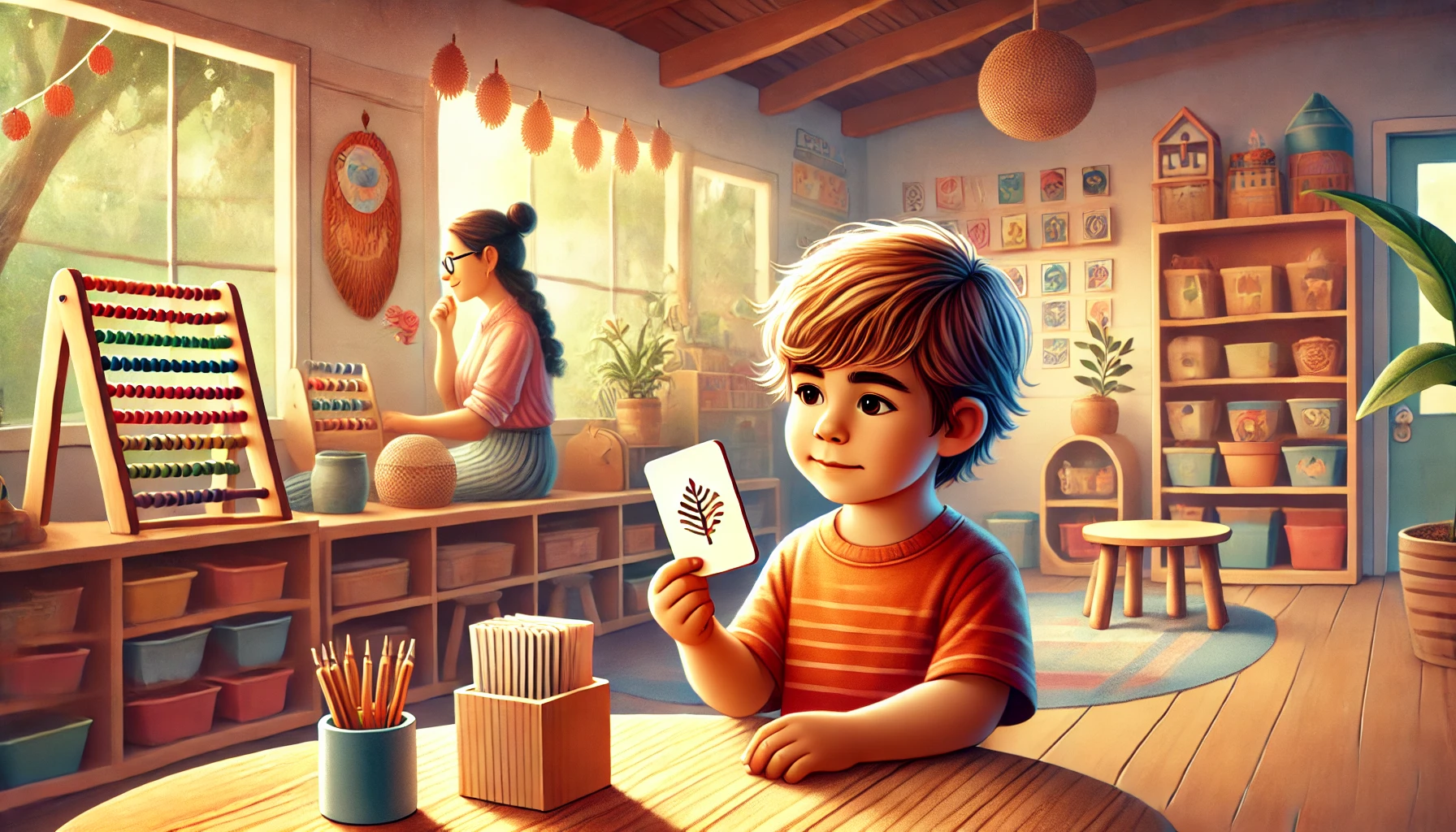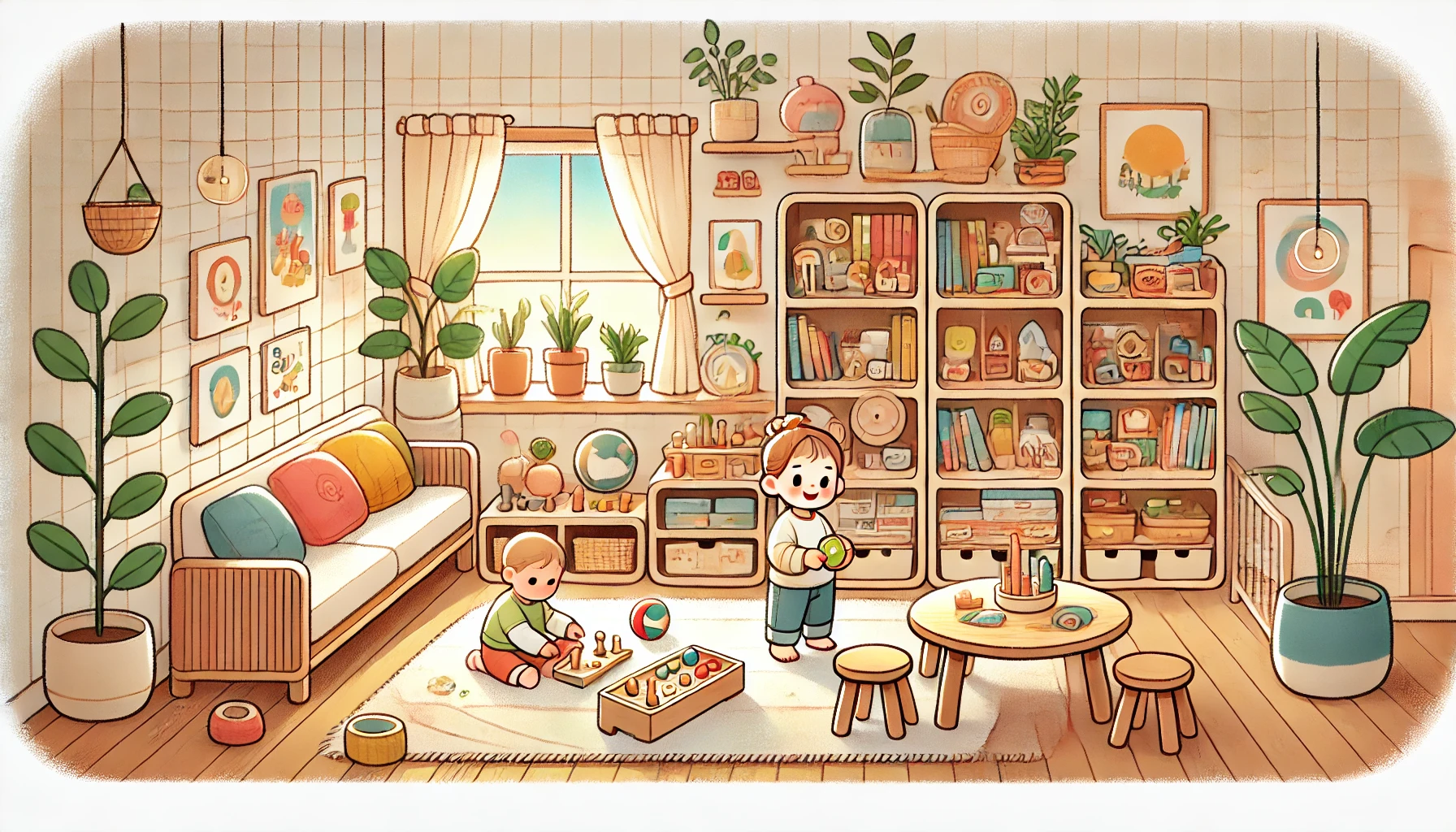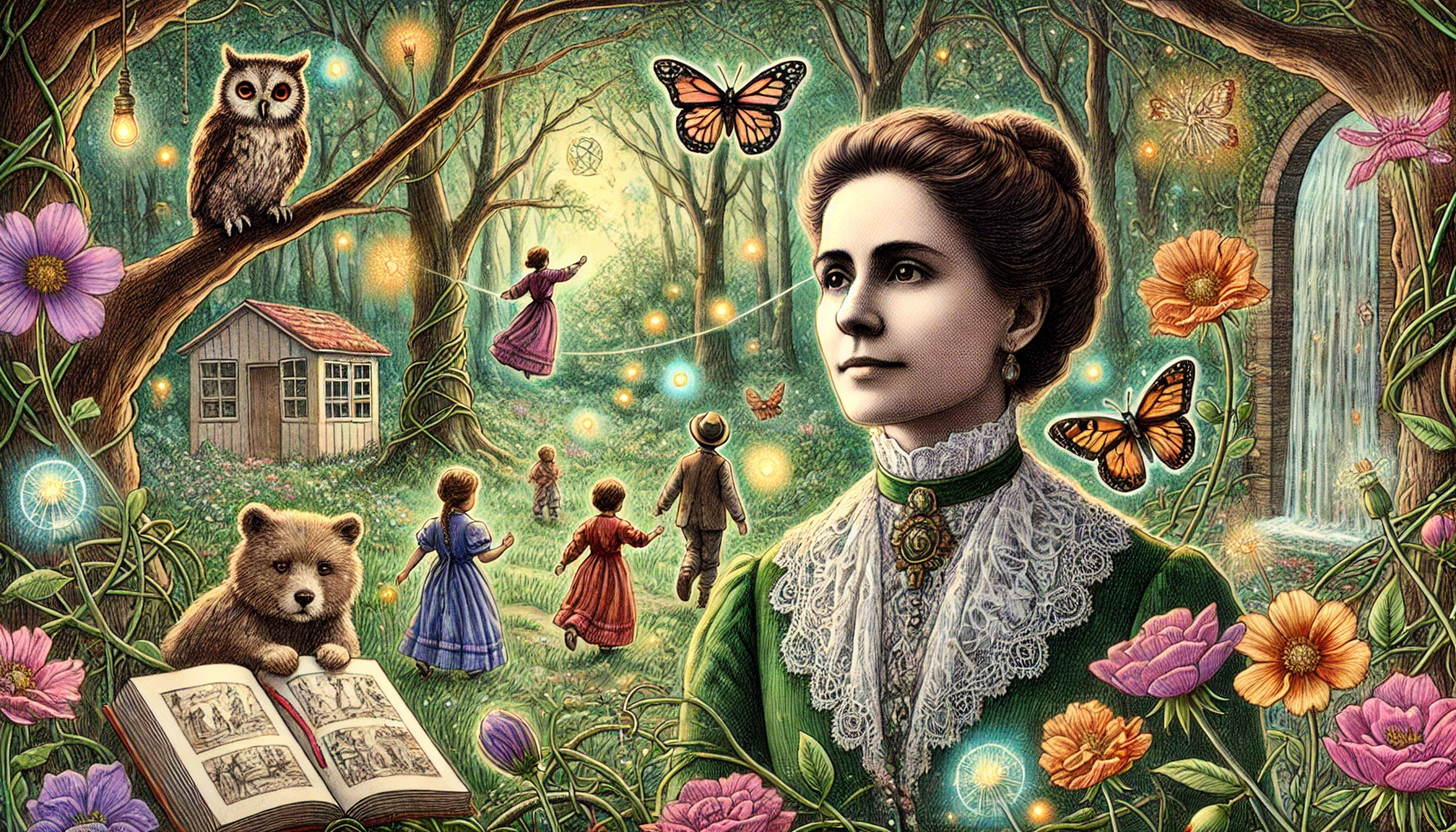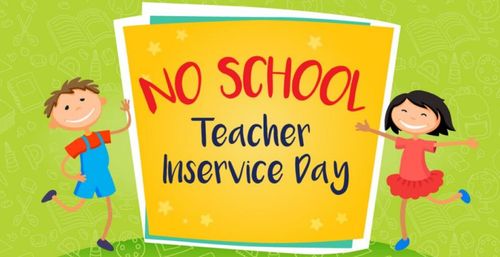
Exploring Montessori Materials: Effective Tools for Early Childhood Education
When parents think about early childhood education, they often envision classrooms filled with vibrant toys, books, and learning aids. However, Montessori classrooms are unique; they feature carefully selected materials that serve a distinct purpose in a child’s development. These materials are much more than toys; they are tools designed to foster independence, critical thinking, and a love for learning. In this post, we'll explore the effectiveness of Montessori materials and the types commonly used in early childhood education.
Why Montessori Materials Are Effective
Montessori materials are designed with a philosophy that sees children as natural learners. They support a hands-on, self-directed learning approach, which is at the core of Montessori education. Here’s why Montessori materials are particularly effective:
Hands-On Learning
Montessori materials encourage children to engage their senses and actively participate in their learning process. This sensory approach helps children make connections between abstract concepts and real-world applications, enhancing memory retention and understanding.
Purposeful Design
Every Montessori material is designed with a specific learning objective in mind. Whether it’s developing fine motor skills, learning to count, or distinguishing different shapes, Montessori materials isolate individual concepts, allowing children to focus on mastering one skill at a time.
Self-Correcting
Many Montessori materials are self-correcting, which means that children can independently identify and fix their mistakes. This fosters autonomy, confidence, and resilience, as children learn that mistakes are a natural part of the learning process.
Encouragement of Independence
Montessori materials are structured to encourage children to work independently. They are sized and designed for young hands, allowing children to access and work with the materials without adult intervention. This reinforces a sense of independence and encourages children to take charge of their own learning.
Progressive Learning
Montessori materials are often arranged in a progression from simple to complex. As children master one material, they move to the next, which builds upon the previous lesson. This sequence helps them develop foundational skills that prepare them for more advanced concepts.
Types of Montessori Materials in Early Childhood Education
Montessori materials can be divided into different categories based on the developmental area they target. Here are some of the primary types:
1. Practical Life Materials
Practical life activities focus on developing a child’s motor skills and independence. These materials mimic real-life tasks and help children learn essential skills that they can apply outside the classroom. Some examples include:
Pouring and Scooping Exercises: Using pitchers, spoons, and trays, children practice pouring liquids or scooping grains, developing coordination and fine motor skills.
Buttoning Frames and Zipping Frames: These materials help children practice dressing skills by learning how to button, zip, and tie.
Polishing and Cleaning Kits: By engaging in activities like polishing shoes or cleaning surfaces, children learn care for their environment and experience a sense of accomplishment.
2. Sensorial Materials
Sensorial materials help children refine their senses and understand differences in texture, size, weight, color, and shape. By exploring these materials, children build a foundation for future math and science learning. Examples include:
Pink Tower: A set of ten pink cubes of increasing size, which helps children understand sequencing, comparison, and spatial awareness.
Color Tablets: These tablets teach children to distinguish colors and develop visual discrimination.
Sound Cylinders: These cylinders contain different materials that make various sounds, helping children refine their auditory sense.
3. Mathematics Materials
Montessori math materials introduce children to basic math concepts through hands-on learning. These materials are visually and physically engaging, making abstract math ideas more concrete. Examples include:
Number Rods: Rods of varying lengths represent numbers from 1 to 10, helping children understand number sequences and basic counting.
Golden Beads: Used to teach the decimal system and place value, golden beads allow children to see and touch quantities as they learn about units, tens, hundreds, and thousands.
Sandpaper Numbers: By tracing textured numbers, children get a tactile experience that reinforces number formation and recognition.
4. Language Materials
Montessori language materials are designed to build vocabulary, phonetic awareness, and early reading and writing skills. These materials help children develop the foundation necessary for future language development. Examples include:
Sandpaper Letters: Similar to sandpaper numbers, these letters allow children to trace and learn letter shapes and sounds, building their phonetic awareness.
Moveable Alphabet: A set of letters that children can use to create words, fostering early spelling and reading skills.
Picture Cards and Objects: Used for vocabulary building, children match words with pictures or real objects to strengthen language comprehension.
5. Cultural Materials
Cultural materials introduce children to subjects like geography, science, history, and art, fostering curiosity about the world around them. They build a child’s understanding of their own culture and those of others, promoting respect and appreciation. Examples include:
Puzzle Maps: Maps that allow children to remove and replace continents or countries, helping them learn geography through hands-on exploration.
Botany Cabinet: A set of puzzles that teaches children the shapes of leaves, plants, and flowers, promoting a deeper understanding of nature.
Animal Figurines and Matching Cards: These materials help children learn about animals, habitats, and classifications, fostering an early interest in biology.
How Montessori Materials Contribute to Early Childhood Development
The Montessori method’s effectiveness lies in its holistic approach. The materials are designed not only to develop cognitive skills but also to support physical, social, and emotional growth. Children who use Montessori materials often demonstrate a strong sense of independence, improved concentration, and problem-solving abilities. They also build a sense of responsibility and respect for their environment, laying the groundwork for future academic and personal success.
Conclusion
Montessori materials are essential to the Montessori educational approach, offering a unique, effective way to help children develop a range of skills in their early years. By fostering independence, critical thinking, and self-correction, these materials encourage children to become active, enthusiastic learners. The thoughtful design and purposeful use of Montessori materials make them invaluable tools in creating a rich and meaningful early childhood education experience.
At Language Garden Montessori, we believe in the power of these tools to help each child grow and reach their full potential. We carefully select materials that inspire curiosity, build foundational skills, and support each child’s journey. Our goal is to help children develop a lifelong love for learning—one Montessori material at a time.






























